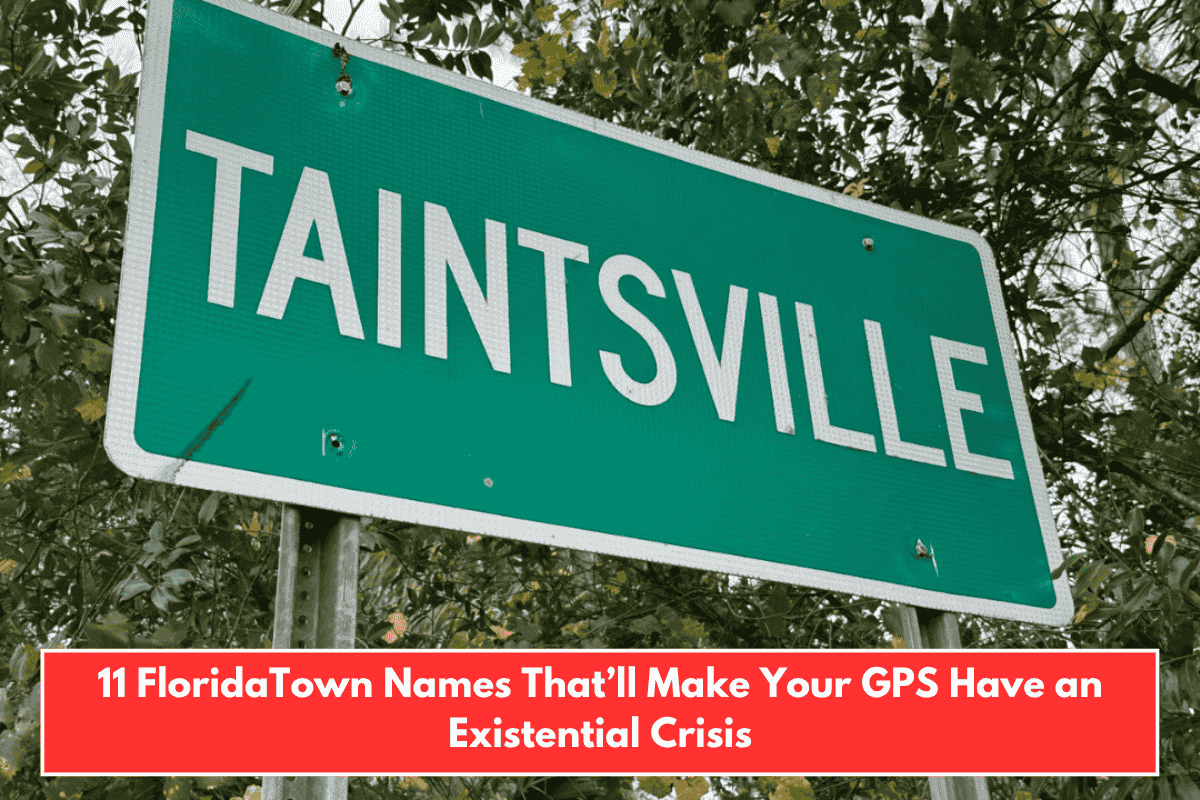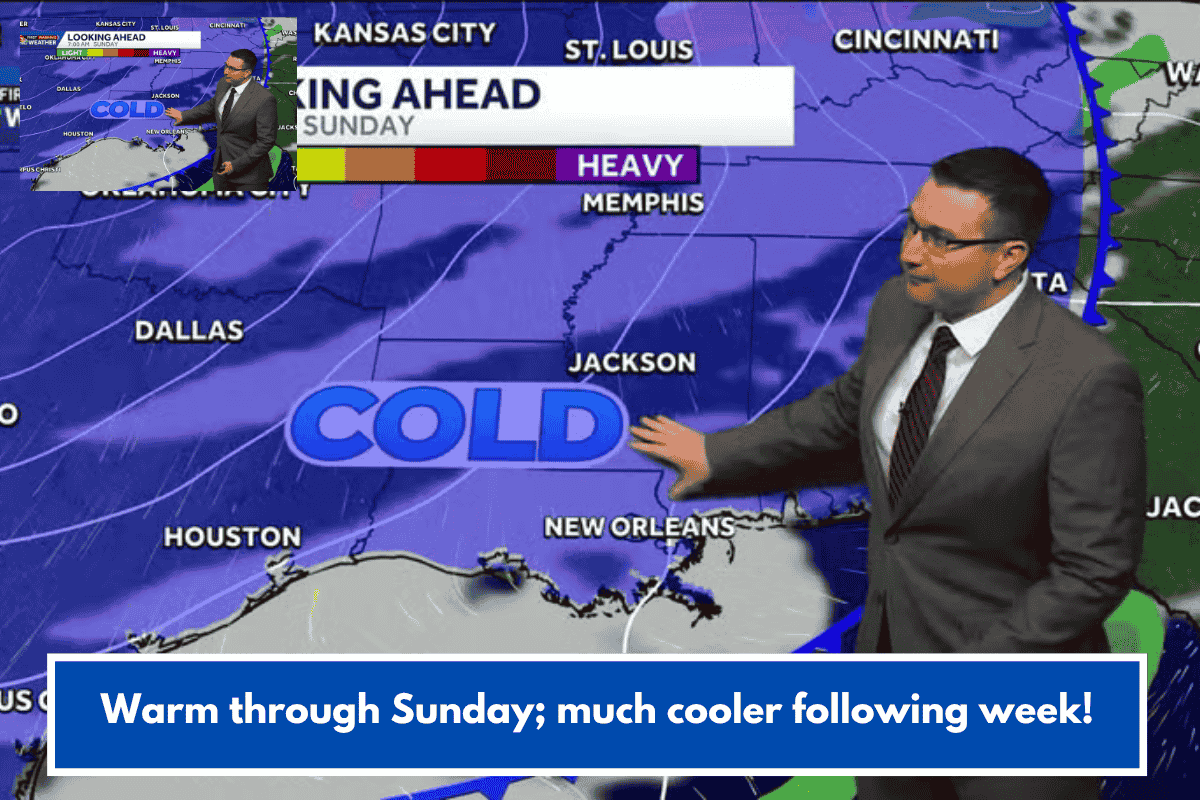If you’re living in Montana or planning to visit, it’s important to understand the state’s Stand Your Ground law. This law has been a topic of much debate across the country, and it’s important to know how it works and what it means for you, especially in situations involving self-defense. Here’s a breakdown of Montana’s Stand Your Ground law, and what you need to know to stay safe and protected under the law.
What is Montana’s Stand Your Ground Law?
Montana’s Stand Your Ground law allows individuals to use force to defend themselves if they believe they are in imminent danger of being harmed or killed. The law allows people to stand their ground and use force, including deadly force, without having to try to flee or retreat from a dangerous situation.
In simple terms, if you’re in a situation where you fear for your life or safety, Montana’s Stand Your Ground law says that you don’t have to run away before using force to protect yourself. You can respond with force if you believe it’s necessary.
How Does It Work?
In Montana, the Stand Your Ground law applies to situations where you are facing a threat of harm and need to act to protect yourself. Here’s how it generally works:
No Duty to Retreat: If you are in a situation where you are threatened with harm, you do not have to retreat. You can defend yourself, even if you could have safely left the scene.
Reasonable Use of Force: The amount of force you use must be reasonable based on the situation. If you are threatened with serious harm, you are allowed to use force to protect yourself, but the force used must be appropriate for the level of threat.
Right to Defend Yourself: You can use force to defend yourself in places where you are legally allowed to be, such as your home, car, or even public spaces. You do not have to wait to be physically attacked before defending yourself.
What Happens if You Use Deadly Force?
In situations where you feel that deadly force is necessary, the Stand Your Ground law allows you to use it to protect yourself. Deadly force includes the use of weapons such as guns or knives, and can be used if you believe you are in imminent danger of being killed or severely injured.
However, using deadly force must be justified:
If the person you’re defending yourself from is armed or making a threat of serious harm, you may be justified in using deadly force.
The use of deadly force should be seen as necessary in the moment and not excessive for the situation.
Limitations of the Stand Your Ground Law
While Montana’s Stand Your Ground law provides individuals with the right to protect themselves, there are some important limitations:
Unlawful Activities: You cannot claim self-defense if you are involved in an illegal activity at the time. For example, if you are committing a crime and then face a threat, you cannot use the Stand Your Ground law as a defense.
Proportionality: The force used must be proportional to the threat. If the level of force is too much for the threat faced, you could be charged with assault or even murder.
Law Enforcement: The law doesn’t protect individuals who use force against law enforcement officers or other individuals who are acting in an official capacity.
How Does the Stand Your Ground Law Differ from the Castle Doctrine?
Montana’s Stand Your Ground law is different from the Castle Doctrine, which allows you to use force to protect yourself in your home or property. While the Castle Doctrine only applies to your home, Stand Your Ground applies to situations outside of the home as well, such as in public spaces or your car.
So, Stand Your Ground offers broader protection, while the Castle Doctrine is more limited to self-defense in your own home.
Stay Safe and Informed
Understanding Montana’s Stand Your Ground law is essential if you want to protect yourself legally in dangerous situations. Remember, the law allows you to defend yourself if you believe you are in imminent danger, but it’s important to use reasonable force and avoid situations that could escalate unnecessarily.
If you are ever in a situation where you need to use force for self-defense, always remember to stay calm, avoid excessive force, and consult legal advice if needed.
SOURCES
[1] https://mywaynecountynow.com/understanding-montanas-stand-your-ground-law/
[2] https://en.wikipedia.org/wiki/Stand-your-ground_law
[3] https://giffords.org/lawcenter/state-laws/stand-your-ground-in-montana/
[4] https://www.ncsl.org/civil-and-criminal-justice/self-defense-and-stand-your-ground
[5] https://www.bigskylegal.com/blog/2024/11/how-do-stand-your-ground-laws-apply-to-self-defense-claims/














